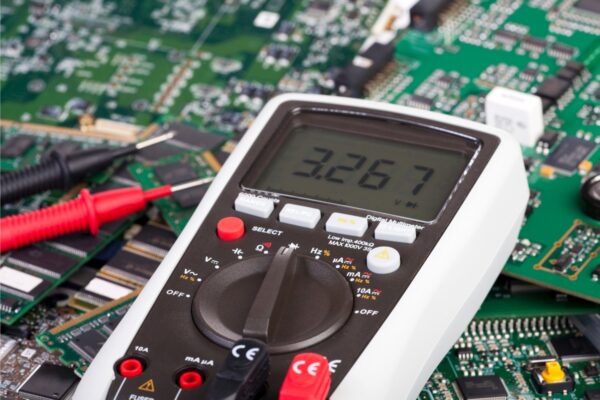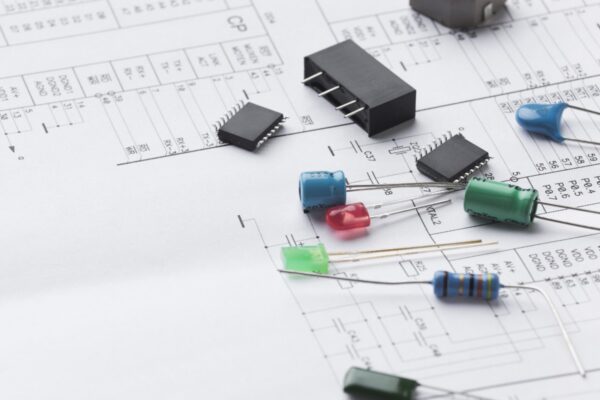What is Continuity Testing
Continuity testing is a procedure used to verify the presence of a complete and uninterrupted path for electric current flow within a circuit. This testing process involves applying a small voltage between two test points in the circuit and determining if the current reaches the other end without encountering any breaks or interruptions.
To perform continuity testing, a multimeter is typically utilized. The multimeter is set to the continuity mode, allowing it to detect the presence or absence of a continuous path for current flow. During the test, a small amount of current is sent through the circuit, and the multimeter measures the resistance. If the resistance is very low or zero, it indicates that the circuit has continuity, meaning there is an unobstructed path for current flow. Conversely, a high or infinite resistance reading suggests the presence of a break or interruption in the circuit, indicating a lack of continuity.
Continuity testing helps ensure the quality and functionality of circuit boards. It is commonly performed during production to identify manufacturing defects like cracked conductors, damaged components, or faulty connections. By detecting and addressing these issues early on, continuity testing helps prevent potential problems and ensures that the circuit boards meet the required specifications and standards.
Continuity testing is also valuable in troubleshooting and maintenance activities. When a circuit malfunctions, a continuity test can assist in pinpointing the location of the fault. Technicians systematically test different sections of the circuit and compare the results to identify the specific component or connection causing the issue. This information aids in the repair and restoration of the circuit to its proper working condition.
Frequently Asked Questions
How Do You Check Continuity on a PCB With a Multimeter
The continuity of a PCB can be checked using a multimeter by sending a small current through one probe and verifying if the other probe detects it. If the probes are connected, either through a continuous circuit or by direct contact, the current will flow through and indicate continuity.
What Is the Difference Between Resistance Test and Continuity Test
Think of it like this: Continuity testing is a simplified version of resistance testing. When we perform a continuity test, we are essentially checking if there is a complete path for the electrical current to flow through. If the resistance of the component being tested is low (less than 1 ohm), we can conclude that there is continuity.
Can an Ohmmeter Be Used to Check for Continuity
An ohmmeter is capable of checking the continuity of a circuit by utilizing a small electrical current. Additionally, it can provide information about the amount of resistance present in the circuit. Moreover, an ohmmeter can be utilized to verify continuity in various components such as motors, cables, and fuses.





